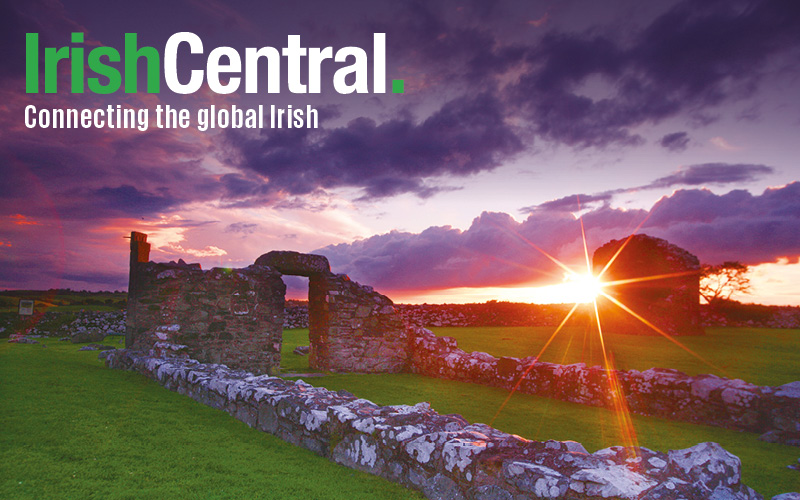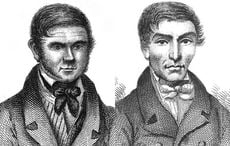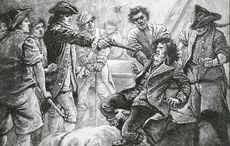Names in the popular database of Irish census records dating from 1901 and 1911 were mistranscribed by a Canadian archival and library institute, claims the London Times.
The Library and Archives of Canada (LAC) was contacted by the National Archives of Ireland in 2006 and asked to undertake the mammoth task of digitizing the information and data from the first two Irish censuses to be taken at the start of the 20th century, a massive genealogy resource for interested parties worldwide who wish to explore their family’s roots in Ireland.
It has now emerged that a Co. Kerry historian discovered errors in names in the database because the Canadian institute “made a hash” of the transcription. The discovery was made when Bertie O’Connor attempted to find a known ancestor, Bartholomew O’Connor, among the data, but was unable to find him through a name search. He eventually found his relative by searching using his known address at the time which allowed him to discover that the name was misspelled as “gobbledygook,” he claimed.
The main problem seems to have occurred with the use of the Irish language and especially with the seanchló (old script) used by some citizens when filling out the census forms during these years. Catriona Crowe, head of special projects at the archives, told the London-based paper that several LAC employees “made a hash of their attempts to deal with a language none of them knew.” Seanchló was the old style of writing in Irish.
The issues with O'Connor's name occurred over the usage of the “ponc” (a dot placed over a consonant to indicate that this letter was to be followed by an ‘h’ which was not otherwise produced in the spelling) and the manner in which the letter ‘r’ was written which made it appear more akin to a modern Roman letter ‘p.’
In the case of O'Connor, who used the Irish version of his family name on the census, “Ua Conchubhair/Ní Conchubhair” was instead transcribed for the digitized version as “Na Concubaip/Ni Concubsip,” a name that does not make sense in the language.
Read more: Finding a long lost relative in the 1901 Irish census
Speaking with the Kerry historian about the mistake, the National archives stated they were “very sorry that Mr O’Connor should have encountered one of these, and we will endeavor to correct the transcript when resources become available to correct the other errors in the database.” They also claimed that a member of staff had been allocated to carry out corrections and respond to the 12,600 submissions made to the archives by members of the public about the website.
“Initially the staff at the National Archives told me they were aware of errors like these, but that the transcription work was not done by them,” O'Connor told the Times.
“It is not fair to blame the Canadian company when they had no experience with our language.
“If money is the problem, I would bet there are plenty of academics on this island who would volunteer to help make these corrections,” he added.
The total cost of the project, which lasted four years from 2006 until 2010, is believed to be $4.01 million (€3.6 million).
Read more: Could your ancestor have been an orphan workhouse girl who emigrated in 1853?
The Irish archives stated that LAC was chosen to undertake the digitization process because of their high standard digital infrastructure and experience in digitizing the Canadian census records.
The 1901 and 1911 Irish census database has been a massive hit with historians, researchers and genealogists alike, receiving 20 million unique users and more than 1 billion hits since the site was first launched in December 2007 (before both complete censuses had been fully digitized). The 1911 census was first made available as the film of the census pages was of better quality.
The census records can be searched here free of charge.
You can read IrishCentral’s guide to finding your family among the census records here.
Have you encountered any problems when searching the 1901/1911 census records? Let us know in the comments section, below.




Comments